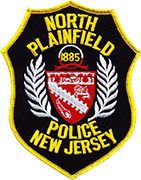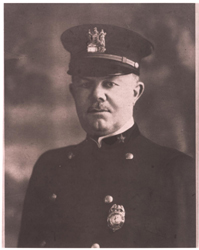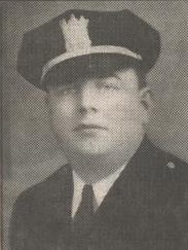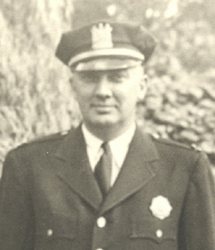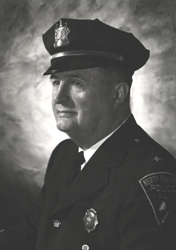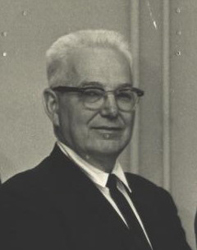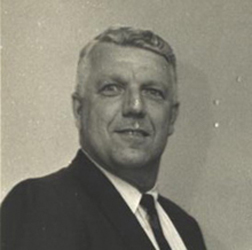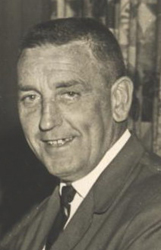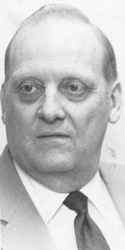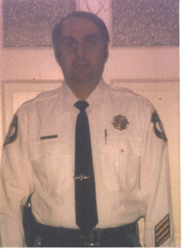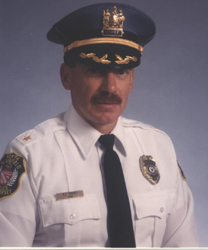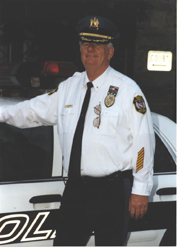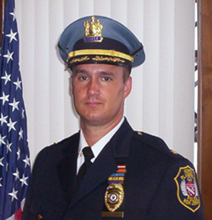Nestled in the northeast corner of Somerset County lies the small borough of North Plainfield. It is bordered on the northwest by the first ridge of the Watchung Mountains and, on the south and east, the Green Brook provides a natural boundary between Union and Somerset Counties. Rock Avenue, on the west, divides the towns of North Plainfield and Green Brook.
Flowing through the town are two mainwaterways, the Green Brook, as mentioned, and the Stony Brook. These two streams now quietly flowing through the Boro were once an important source of power and because of the rich, fertile soil along their banks many early settlers made this area their home.
Originally, Somerset County operated as a single township. In 1769, by Royal Charter, Bernards Township was formed out of the northern precinct of the county. On March 5, 1806, Warren was created as a separate township composed of the present day North Plainfield, Warren, Green Brook and Watchung.
On April 2, 1872, an Act of the New Jersey Legislature was passed, which divided North Plainfield Township from the Township of Warren. This new township included the towns of North Plainfield, Watchung and Green Brook. The boundaries of this newtownship were set up in the Act, known as Assembly No. 113. North Plainfield was set off from the Township in the year 1885, Watchung in the year 1926, and Green Brook in 1932.
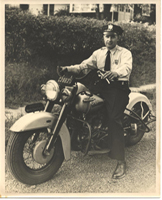

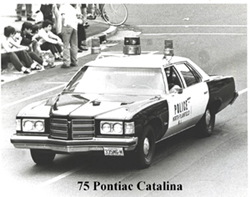
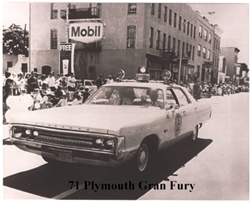
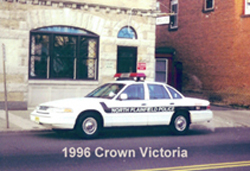
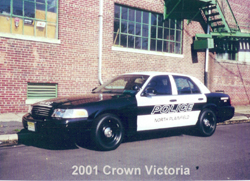
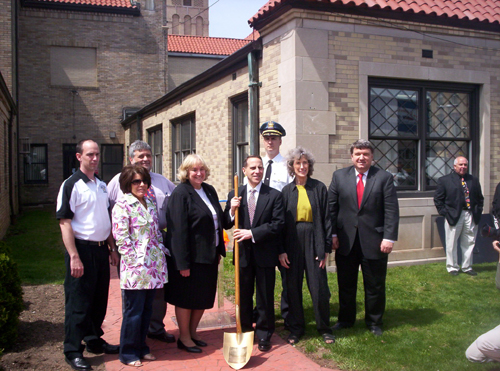
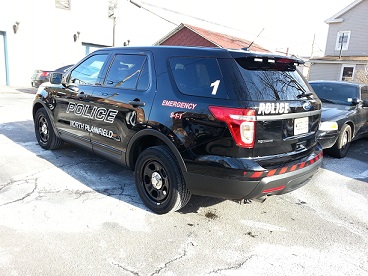
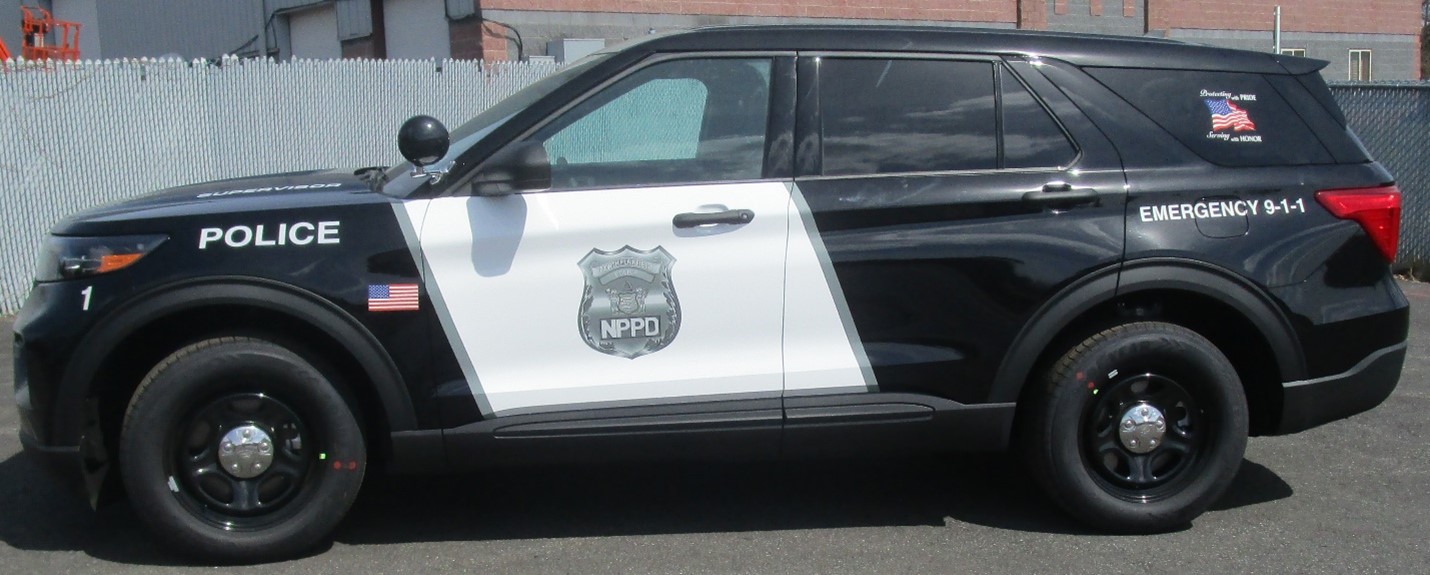
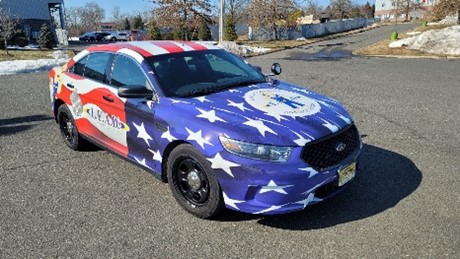
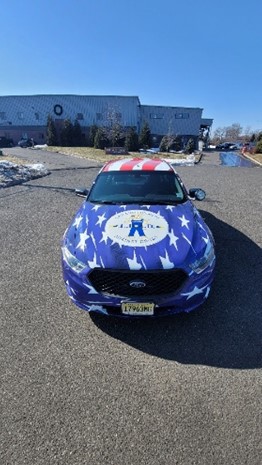
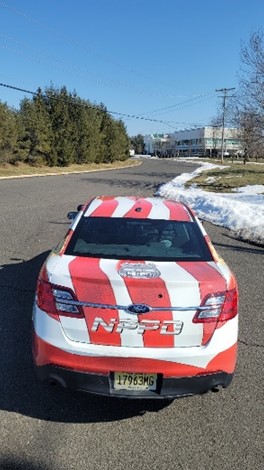


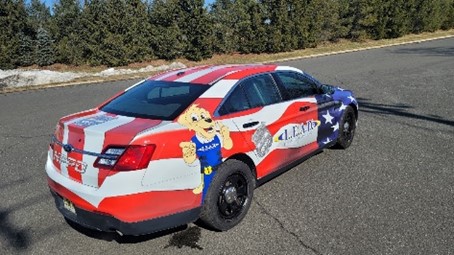
The vehicle is a police car that was refurbished. The funds were donated over several years by the CAR NUTz Car Club. Captain Alan McKay worked with several vendors to come up with the final artwork and lighting packages. The vehicle will be driven in all parades and shown at all Borough and community events. Our hope is that the “LEAD” car will break down barriers and prompt all people to interact with the police officer and get a closer look at the car. It will become North Plainfield Police Departments “Icon” alerting all of serious perils of alcohol and drugs.
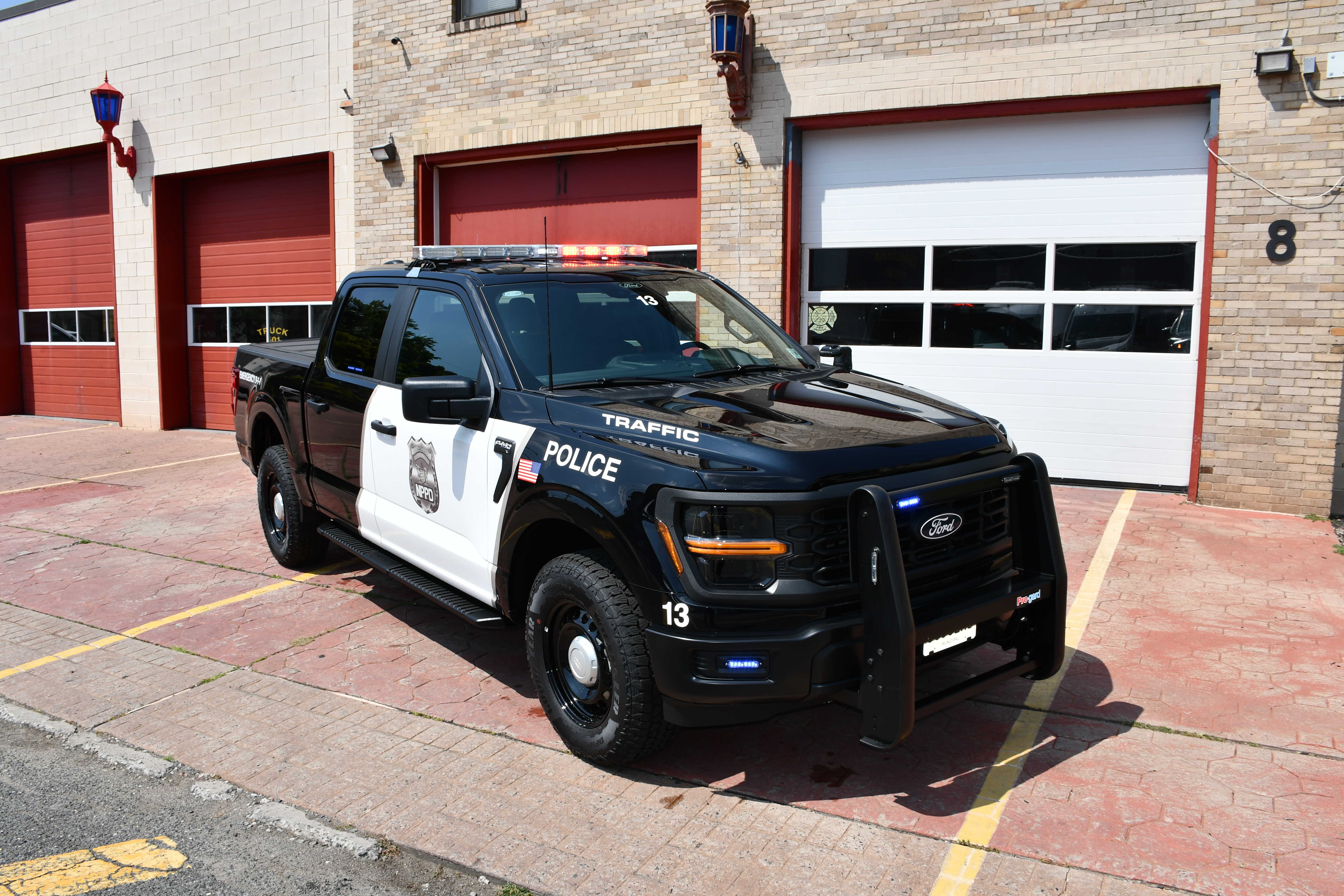
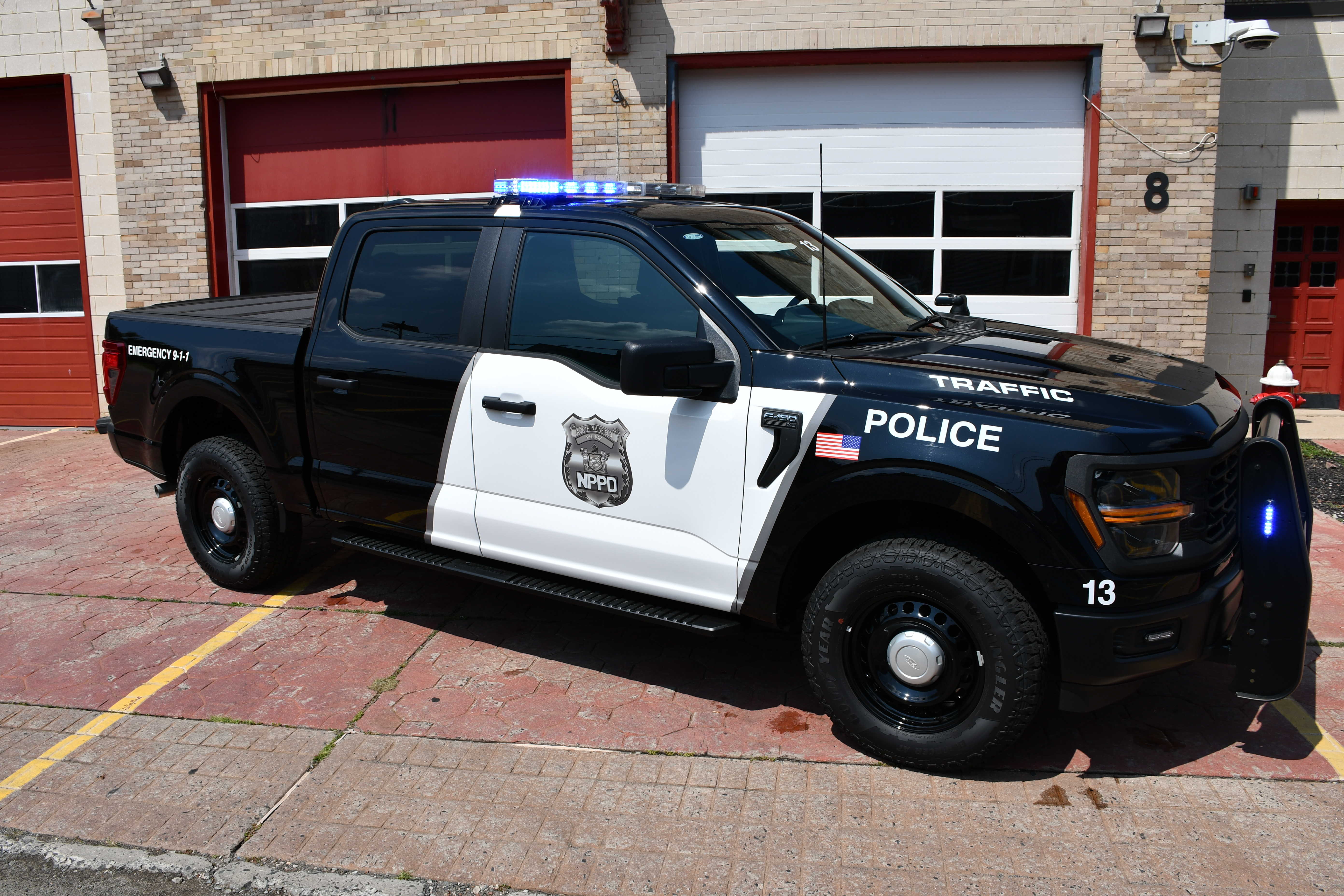
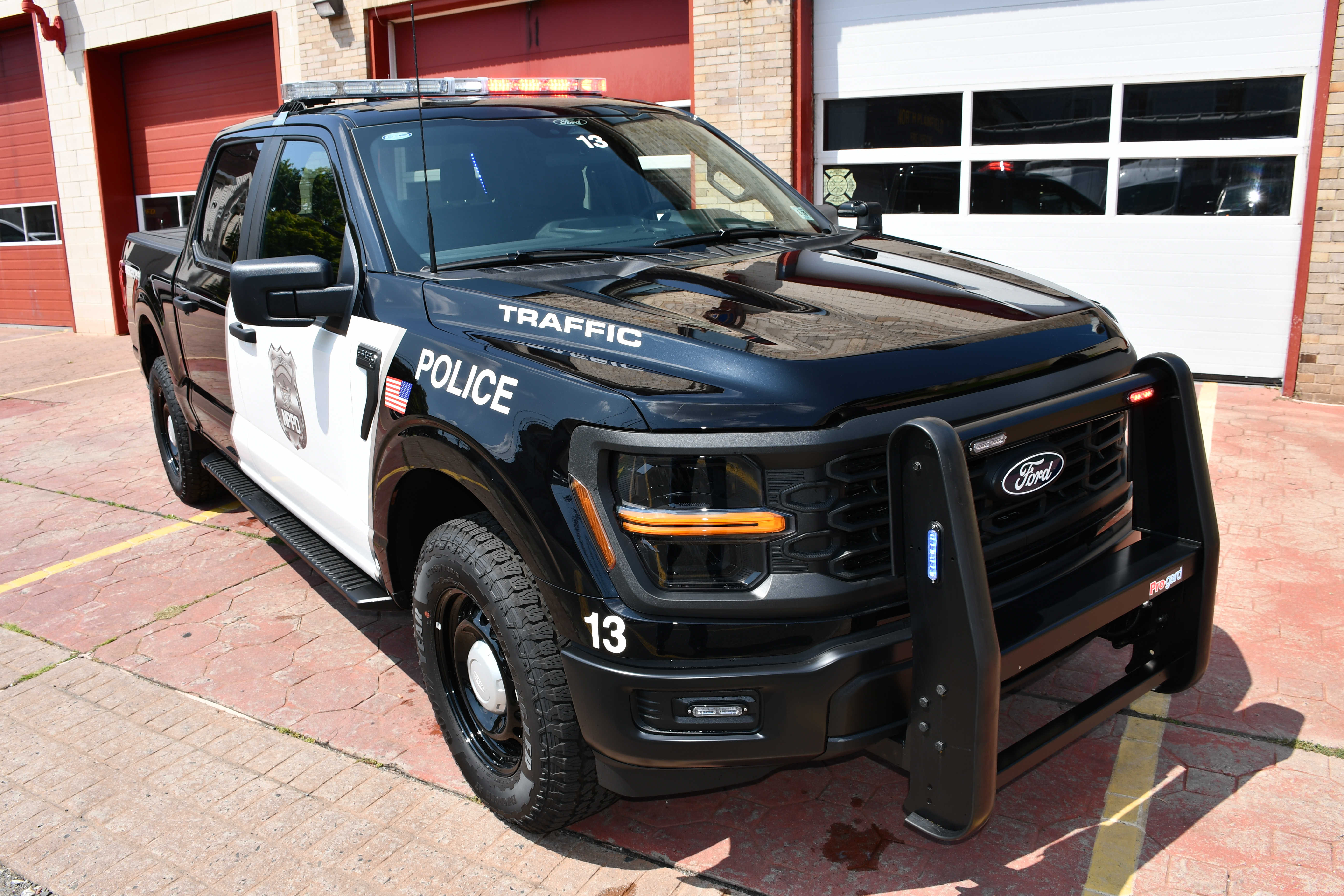
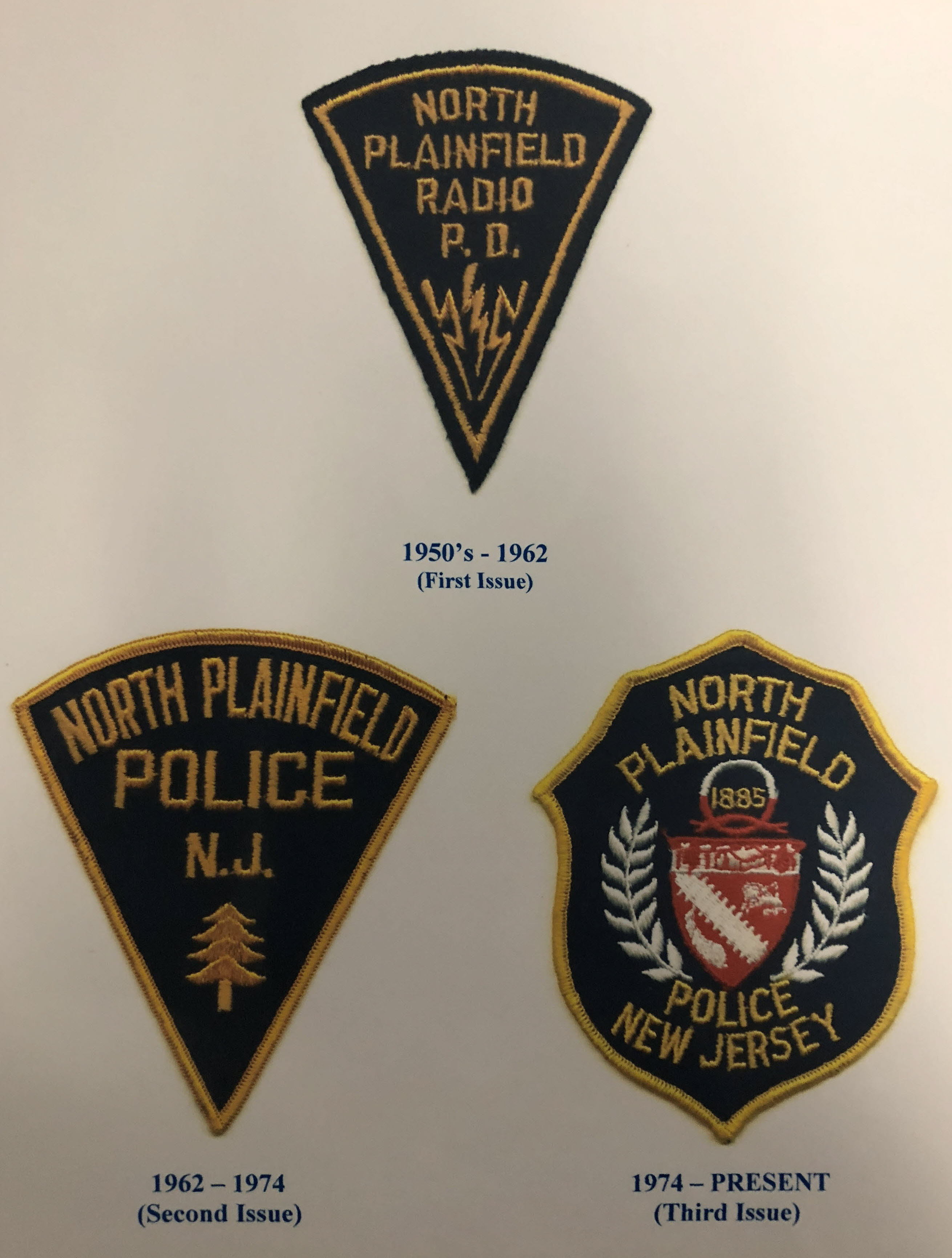
|
POLICE CHIEFS OF THE BOROUGH OF NORTH PLAINFIELD
|
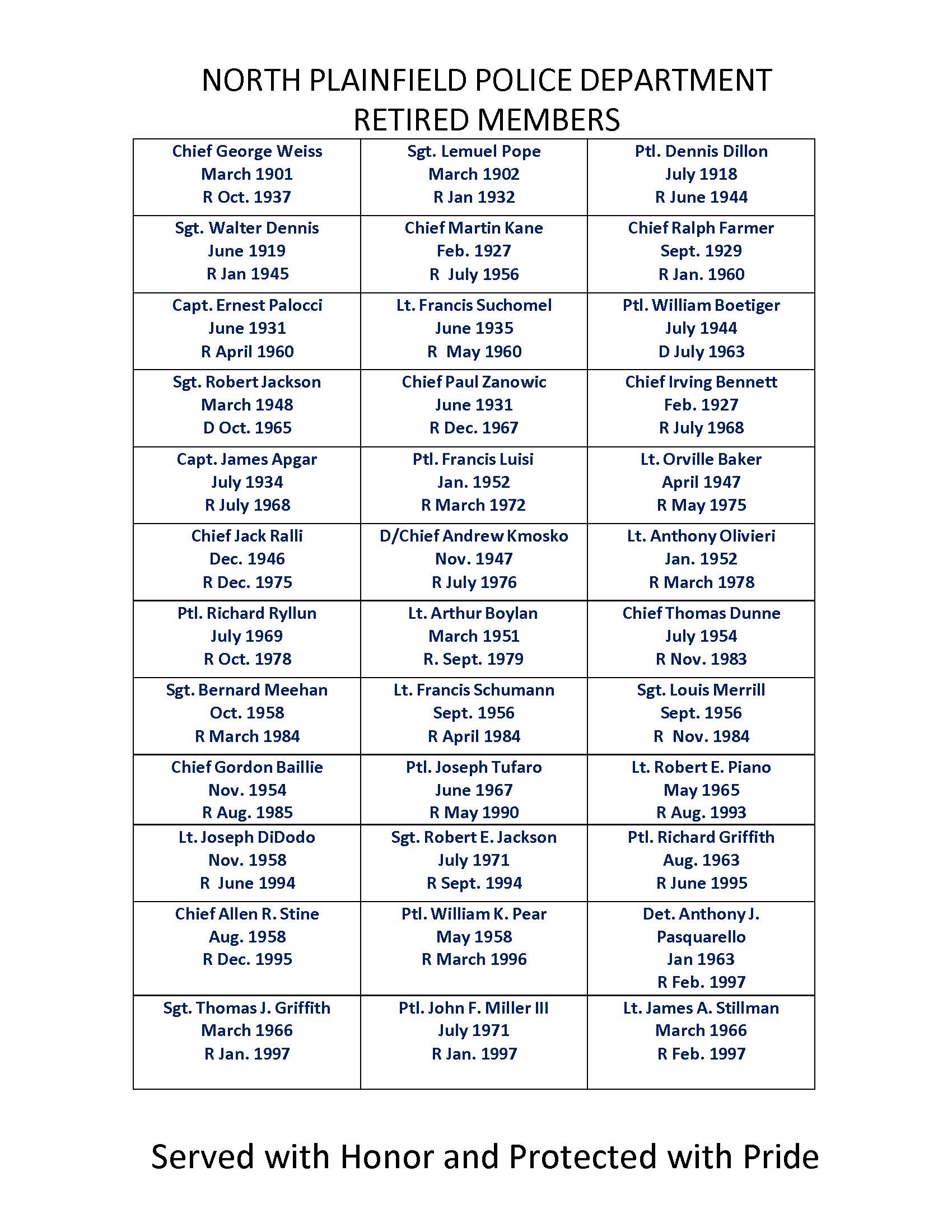

North Plainfield Police - Museum Photo Gallery
ALL MEMORABILIA PICTURED ARE ON DISPLAY IN THE PRIVATE MUSEUM COLLECTION OF ALLEN SMITH.IF ANYONE IS INTERESTED IN SEEING ANY OF THE MEMORIABILIA IN PERSON OR IF ANYONE HAS ANY VINTAGE PHOTOS, UNIFORMS, BADGES OR OTHER MEMORABILIA RELATED TO THE NORTH PLAINFIELD POLICE DEPARTMENT, INCLUDING THE CIVIL DEFENSE, SPECIAL POLICE OR AUXILLARY POLICE PLEASE CONTACT ALLEN AT NJMEDIC2150@GMAIL.COM OR ON FB.
Department Patches

1. First Issue shoulder patch worn from 1935 to December 1961. (the lightning bolts indicated radio equipped vehicles).

2. Second Department shoulder patch worn from January 1962 to June 1975. (the tree was borrowed from the High School logo and was also seen on the first issue Rescue Squad patch).

3. Third Department shoulder patch worn from June 1975 to current. This patch was designed in 1974 by Daniel Jackson, a Junior at NPHS as part of a PBA contest to design a new shoulder patch for the upcoming new uniforms.
Uniforms

4. Summer uniform shirt as worn by members of the NPPD Auxiliary Police Officers circa 1990’s

5. Uniform as worn by the Captain of the NPPD Auxiliary Police circa 1990’s

6

7. Uniform as worn by members of the NPPD Special Police circa 1970’s 1980’s

9

8. Uniform as worn by members of the NPPD Civilian Defense/AUX. Police circa 1950’s. The first uniforms for the CD/AUX were issued in 1952.

11

10. Uniform as worn by members of the NPPD CD/AUX. Police circa 1960’s/1970’s

12

26. Variations of uniforms from the CD/AUX., Special Police and Auxiliary Police from 1950’s through the 1990’s.

27

13. Various uniform hats and helmets worn by members of the North Plainfield Police Officer, CD/AUX and Crossing Guards throughout the years. The metal helmets were first introduced in 1967 and were used only for civil disturbances.

17. Class A winter overcoat for Sergeant with 2nd issue patch, “8 point” hat and plain black band circa 1962 to 1968. In 1968 Sergeants changed the black hat band to gold metal one like the Lieutenants, Captain and Chiefs.

18

30. Class blouse with “8 point” hat for Officers circa 1968 to 1972. Prior to 1968 Officers wore a black hat band but in 1968 the band was changed to a silver metal band.

31

32

14. Class A blouse with “round hat” for Lieutenants circa 1972 to 1975. In 1972, the Police Department switched from the “8 point” style hat to a round style, keeping the same hat band configuration with the silver for Officers and gold for Supervisors.

15

20. Class A blouse with “round hat” for Sergeant circa 1972 to 1975

33

34. Class A shirt worn by Sergeants in the fall when it was too warm for the Class A blouse to be worn circa 1962 to 1975.

29. Class A shirt worn by Officers (like the Sergeants, this shirt was normally worn under the class A blouse except when weather conditions were too hot and as deemed appropriate by the shift Sergeant circa 1962-1768.

30

37. Sergeant summer shirt. A navy blue summer shirt was introduced in 1968 for wear from May to September. This shirt was only worn during that time frame and only by Sergeants and Officers circa 1968 to 1975.

38

35. Officer’s version of the navy blue summer shirt circa 1968 to 1975.

36

21. Winter leather jacket worn by Sergeants and Officers. Leather jackers were first worn in 1957 and then were no longer allowed to be worn from 1960 to about 1968 and then allowed again. This configuration with the 2nd style shoulder patch and round hat was worn circa 1972 to 1975.

39

16. New Deputy Chief class A. uniform. In June of 1975 a totally new uniform was adopted by the department. It consisted of a round French blue hat with a nylon gold hat band for Supervisors and a black hat band for Officers. A French blue shirt (l/s & s/s) was worn by Sergeants and Officers with a white shirt being worn by Lieutenants and above. (NOTE: this is the first time Lieutenants and above wore a shoulder patch). The class A. blouse was to be worn from September through May (weather permitting), but was found to be so restrictive that they were only worn on patrol for a few days and then never worn again except for special occasions. The Sam Brown cross strap was also to be worn with and without the blouse. This practice lasted for a short time and then was discontinued for various reasons. The pants changed from a navy blue with a thin black braid to a navy blue with a thicker French blue stripe circa 1975 to 1985.

19

40. Long sleeve shirt worn by Lieutenants, Captain and Chief circa 1975 to current

41

42. Class A uniform dress blouse for Sergeant. (NOTE: Sergeant rank stripes were changed from blue to a gold color). This same uniform configuration was also worn by Officers without the rank stripes on the sleeves. The gold hat badge was silver and the gold hat strap was black circa 1975 to 1985.

43

46. Class A uniform shirt for Officers and Sergeants. This was the everyday uniform for Officers and Sergeants from 1975 to 2007 when the Department issued a class B version of the French blue shirt with embroidered name and badge for Offices and Sergeants. Sergeant shirts will have the addition of gold Sergeant stripes on each sleeve. Lieutenants and above also have a version of this shirt with their rank sew on the epaulets and is worn when deemed necessary circa 1975 to to 2007.

47

44. Leather jacket worn as same as previously noted with the exception of the new (third issue), shoulder patch circa 1975 to current. (NOTE: not all office’s wear leather jackets. Over the years some have worn the heavier wool class A coat and more recently, a “3 season” style jacket is worn. Also note worthy is that no Officer’s above the rank of Sergeant ever wore leather jackets. They opted for the wool class A blouse and or overcoat).

45

48. Current class A dress uniform worn by Captain and Chief on special occasions circa early 2000’s to current.

49

52. Class A long sleeve shirt worn by Corporals. (Note: Corporals existed in the Department from the mid 1990’s to the mid 2000’s and currently there are no Corporals in the Department.

53. Current class B uniform shirt worn with an outer vest carrier. The original “bullet proof” vest were first issued in 1980 by donation of the North Plainfield Businessmen’s Association. Although not mandatory at first, soon became mandatory as part of the everyday uniform. Recently an outer vest carrier was adopted and is currently worn by a majority of the Officer’s.

50. Uniform worn by Dispatchers. Tan uniform shirt with brown pants. Dispatchers wore a badge similar to Officers with the exception of a panel that said COMMUNICATIONS in place of the number. Circa 1980’s to 1990’s (NOTE: Prior to this uniform Dispatchers wore a white uniform shirt with regular department patch with a tab above the patch that said RADIO DISPATCHER and navy blue pants. Dispatcher uniforms started in 1975, before that, Dispatchers wore civilian clothes.

51

22. Uniform worn by Dispatchers. The tank uniform was switched to a grey uniform shirt with navy blue pants. 1990’s to early 2000’s (NOTE): Dispatchers/Police Aids today wear a navy blue Polo shirt with the Borough seal embroidered over the left breast area.

23

24. Special Duty shirt worn by various units/details such as bike team and traffic details. There are also other variations of the shirt with different colors/wording circa 1990’s to current.

25

28. Various uniforms worn by the Department circa 1962 to current.

60

54. Insignia grouping belonging to former Police Officer Frank Valone circa 1977’s 1980’s.
Various Memorabilia and Insignia related to the NPPD over the years.

55

56

57

58

59

61

62

63

64

65
